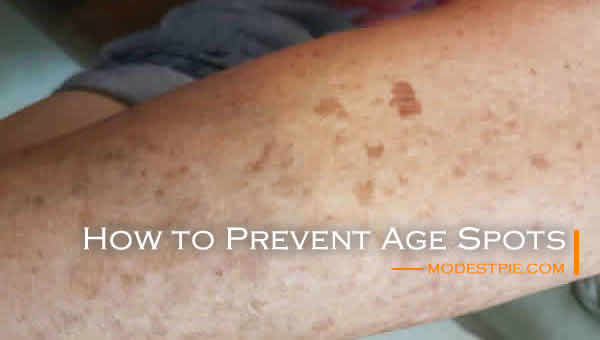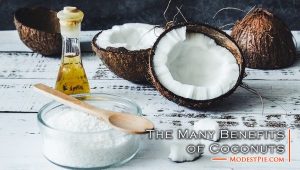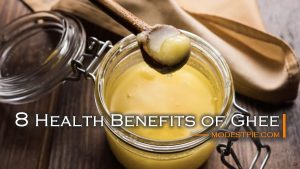Many adults in their senior golden years are often seen with dark pigmentation spots on their skin, known as age spots. Today, we will be discussing how one can prevent age spots. First, we need to discover what age spots are, and what their root cause is.
What Are Age Spots
Age (or ageing) spots are also known as solar lentigo, and are sometimes referred to as liver spots, although their presence has no connection to the liver.
These spots are dark-coloured markings on the skin that resemble large freckles or small dark patches, and can range from tan to brown and black in colour.
While they may be harmless, some people find age spots to be unpleasant to look at and may choose to remove them for cosmetic reasons.
However, if the age spots on the skin are dark in colour, or if there are any changes, they should be looked at by a doctor as these could be an indication of melanomaA tumour of melanin-forming cells, especially a malignant tumour associated with skin cancer.
Age spots are more common in people over the age of 50 years.
What Causes Age Spots
Age spots are mainly due to prolonged exposure to the sun. As skin is exposed to sunlight, the body reacts by producing extra melaninA dark brown to black pigment occurring in the hair, skin, and iris of the eye in people and animals which is responsible for the tanning of skin exposed to sunlight. to protect the skin from the harmful effects of UVUltraviolet band of the electromagnetic spectrum, at wavelengths from 10nm to 400nm. radiation from the sun. Sunlight is the main source of UV rays, and exposure to UV radiation is a major risk factor for most skin cancers as it can damage the skin cells’ DNA directly.
According to Dr Eric Berg in the video below, age spots also come about due to a lack of Vitamin C in one’s nutrition make-up. Vitamin C protects the skin against photodamageDamage caused by light, in this case, sunlight. The epidermis or outer layer of the skin is made up of collagen, and Vitamin C is highly involved in the formation of collagen. Age spots can form due to a lack of collagen in the skin, which is in turn caused by a deficiency in Vitamin C, most likely due to insufficient consumption.
“So as you age, and you have the accumulation of sun, and you actually have a Vitamin C deficiency, the combination of that gives these little brown spots…”
– Dr Eric Berg

Eric Berg, DC, is a chiropractor who specializes in Health Ketosis™ and Intermittent Fasting. His clients have included senior officials in the U.S. government and the Justice Department, ambassadors, medical doctors, high-level executives of prominent corporations, scientists, engineers, professors, and other clients from all walks of life. Dr Berg no longer practices, but does full-time education through social media, videos and conventions.
He is the author of The 7 Principles of Fat Burning (2011) and the new edition called The New Body Type Guide (2018). In addition, Eric Berg is widely published in trade magazines, including Chiropractic Today and The American Chiropractor, and in consumer publications such as First for Women, Men’s Exercise, New Beauty, Upscale and Let’s Live. Dr Berg has trained chiropractors, physicians and allied healthcare practitioners in his methods, and to date he has trained over 2,500 healthcare professionals. He is one of the top ketogenic diet experts in the world.
Steps to Prevent Age Spots
As explained in the video above, most Vitamin C supplements are mainly synthetic and are derived from ascorbic acidA vitamin found particularly in citrus fruits and green vegetables. It is essential in maintaining healthy connective tissue, and is also thought to act as an antioxidant. Also called Vitamin C, its severe deficiency causes scurvy., made artificially from corn starch to sulphuric acid. As such, Dr Berg suggests consuming fresh produce such as fruits and vegetables that naturally contain high concentrated amounts of Vitamin C, rather than from supplement tablets.
He also recommended Vitamin C as it is a repair or preventive measure that works from inside the body, as opposed to Vitamin C-based creams and serums which work only temporarily at surface level from the outside. The former is a more effective method to prevent age spots.
“So, especially if it’s over 100mg, we know it is synthetic. It is artificial, it’s not going to fix it. Vitamin C in nature is a complex of a whole bunch of different parts, and so you’d want to get it from the food…”
– Dr Eric Berg
Sources Rich in Vitamin C
Dr Berg recommends consuming fruits and vegetables rich in Vitamin C to prevent age spots. Examples of vegetables with high concentrated Vitamin C are:
- broccoli
- Brussel sprouts
- bell pepper
- chilli pepper
- cabbage
- cauliflower
- collard green
- cabbage
- parsley
- spinach
- sweet potato
- tomato
To get Vitamin C from vegetables, they should ideally be eaten raw, such as in salads. Heat from cooking destroys Vitamin C. By the same token, to get Vitamin C optimally from fruits such as oranges, orange juice should be squeezed and prepared fresh. Some off-the-shelf orange juices in concentrate and cartons usually go through a pasteurisationThe process of subjecting milk, wine, juice and other products through partial sterilisation by applying heat treatment or irradiation, making the product safe for consumption and improving its keeping quality. process that essentially destroys the naturally occurring Vitamin C in the fruit.
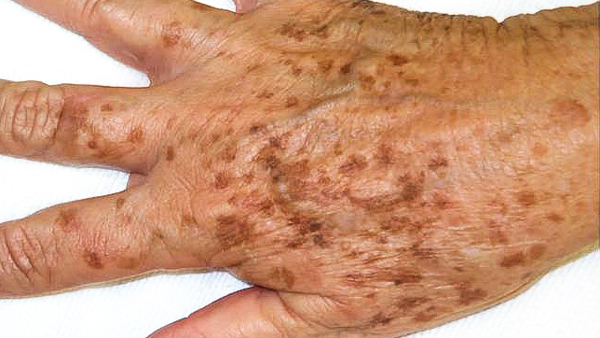
Avoiding or Minimising Sun Exposure
Of course, the best way to avoid something that is caused by exposure to sunlight, such as age spots, is to avoid the sun altogether. But this is not always practicable. To minimise the chances of developing age spots from being out in broad daylight, the following tips are essential:
- Avoid being in the sun between 10.00 am and 2.00 pm
At 12 noon when the sun is directly above you, its rays and heat are the most intense, and the effects on exposed skin are the most severe. If you need to walk out in the sun, or are doing any outdoor activity such as being at the beach or playground, it is best to schedule your activity outside of these hours. - Cover yourself well
If you need to be out in the sun regardless, wear proper protective gear that covers you up well and leaves little skin exposed to sunlight. Such clothes are usually tightly woven – clothing with large holes (such as torn jeans and worn T-shirt) are best reserved for milder weather. Wear a large hat that protects areas of your face and shoulders. If you are out in the hot sun regularly (e.g. if it is part of a job requirement) you may also wear clothing specifically designed for sun protection with specific UPFUltraviolet Protection Factor is a standard used to measure the level of sunburn protection of sun protective fabrics. A UPF50-rated fabric blocks out 49/50 (98%) of UV radiation when worn. rating. These clothing (see end of article) are usually pre-treated with UV-inhibiting materials during manufacture to offer effective sun and UV protection. - Use sunscreen
If you’re doing a sports activity, you may cover up less. In such instances, apply sunscreen lotion that offers protection against UVA and UVB radiation from the sun. The SPF Sun Protection Factor is a standard used to measure the effectiveness of sunburn protection of sunscreen lotions. An SPF30-rated sunscreen prolongs the time it takes to burn your skin by 30 times. rating used will depend on your skin’s sensitivity to sunburn and the duration you will be out. If you’re doing something that may wash off the sunscreen (such as from swimming or sweating), you will need to reapply every other hour or so.
Prevention and Remedial
If you haven’t developed any age spots or liver spots, then prevention by taking some of the suggestions above is key. But what if you already have age spots?
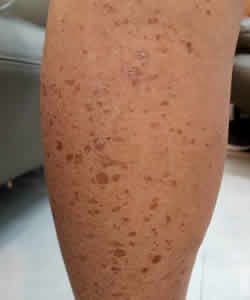
In such situations, if you would like to remove such spots cosmetically, you may apply dermatologist-approved skin cream and serum. These products are generally called dark spot correctors and they help by erasing dark spots and signs of ageing from your skin.
Age spots need not be permanent, and even if you don’t want to remove them, you can always fall back on good ol’ natural Vitamin C from fresh fruits and vegetable to keep your skin supple and protected from the effects of sunlight.

